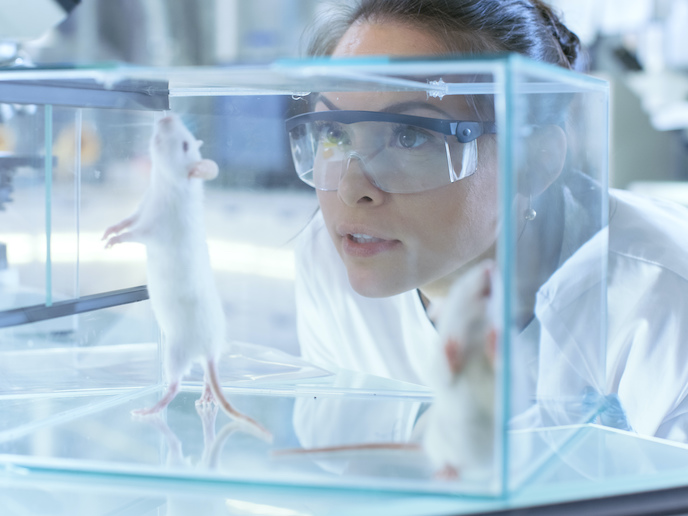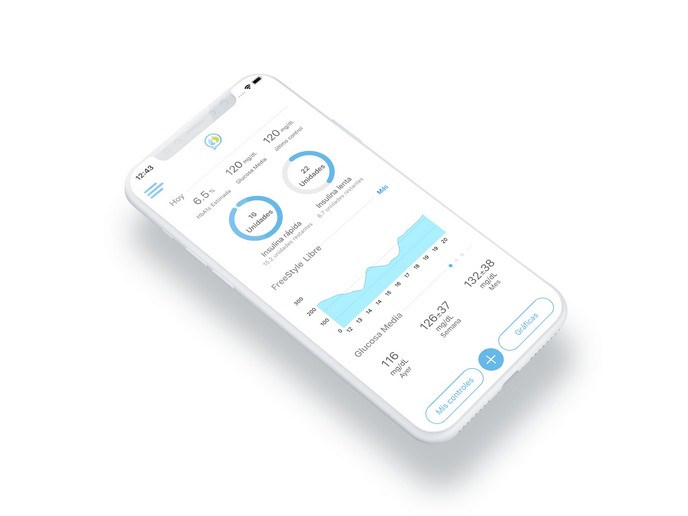Testing the effects of chemicals – without the need for animals
Be it from the food we eat, air we breathe, personal care products we use, or from our medicine cabinet, we are exposed to thousands of chemicals every day. Although most of these chemicals are perfectly safe in the amount that we encounter them, some have the potential to be harmful. How do we know which chemicals are safe and which are not? In the past, this was largely assessed via a process of trial and error. Then, as people decided they didn’t want to play the role of human guinea pig, scientists turned to animals, mostly rats and mice. However, in modern times, due to ethical concerns and scientific precision (after all, humans are not 75 kg rats), scientists have begun looking for alternative ways to test a chemical’s toxicity. Enter the human cell.
Accessing the DNA code
“A human cell can be removed from its home in living tissue and kept alive under specific laboratory conditions,” says Paul Jennings(opens in new window), a researcher at Vrije Universiteit (VU)(opens in new window), Amsterdam. “By introducing a specific set of genetic instructions, scientists can turn an adult cell into an earlier stem version of itself capable of becoming a multitude of different cell types.” This method is called induced pluripotent stem cells (iPSCs) and was the focus of the EU-funded in3 project(opens in new window). “iPSCs maintain the DNA code of the donor, can be multiplied in the lab practically indefinitely, and have the ability to become any cell type in the body,” explains Jennings, who coordinated the Marie Skłodowska-Curie Actions(opens in new window) supported project.
A future of safer chemicals
During the project, researchers multiplied iPSCs and sent them to project partner labs across Europe. Using their expert knowledge, these labs instructed the cells to develop into cells representing the kidney, lung, brain, liver, and blood vessels. These models were then used to test the biological effects of a set of chemicals known to exhibit toxicity in humans. The various biological and chemical data from the different labs of the project were then combined and analysed with computer-based tools and methods. The integrated data output was used for various purposes, including to understand how different cells of the body are affected by the same chemical. They were also used to investigate how the combination of information on chemical structures and their biological interactions can be used to predict toxicity of similar compounds. “These results have demonstrated the usability of iPSCs as a tool to help us understand how chemicals affect human biology,” concludes Jennings. “Technological advances such as iPSCs, combined with continued developments in computational methods, will allow us to create a future of safer chemicals without the need for toxicity testing in animals.”






